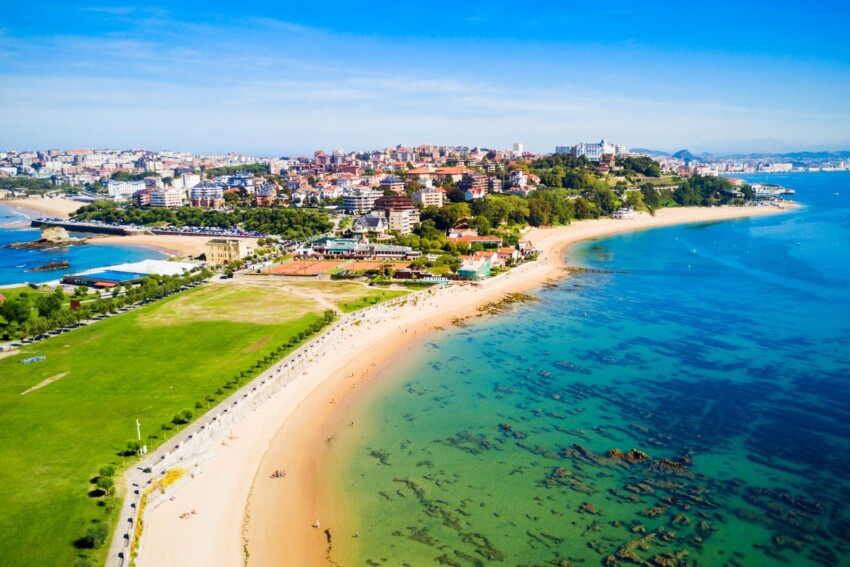

For a sea and mountains holiday, Cantabria is a dream destination. This fringe of land sandwiched between the ocean and the mountains of the Cordillera Cantabrica allows you to combine lazy days on enchanting white sandy beaches bordered by low cliffs and more active days exploring the mountainous landscape of the hinterland in one trip.
The region is traversed by the Camino del Norte, a lesser-known and lesser-visited variant of the famous Camino de Santiago that runs almost entirely along the coast. Exploring it on foot is a unique experience, but Cantabria also offers magical emotions to those who decide to travel it by car.
Besides perfect surfing beaches, breathtaking hiking trails and a lively capital with many bars, shops and nightlife venues, Cantabria also boasts millenary treasures and masterpieces of modern architecture.
It is a no-nonsense region, where you can alternate between seafood dinners and invigorating dishes with Alpine flavours, stroll for miles without meeting anyone or dive into a carefree nightlife. And it is also quite cheap: why not take advantage of it?
[/place]
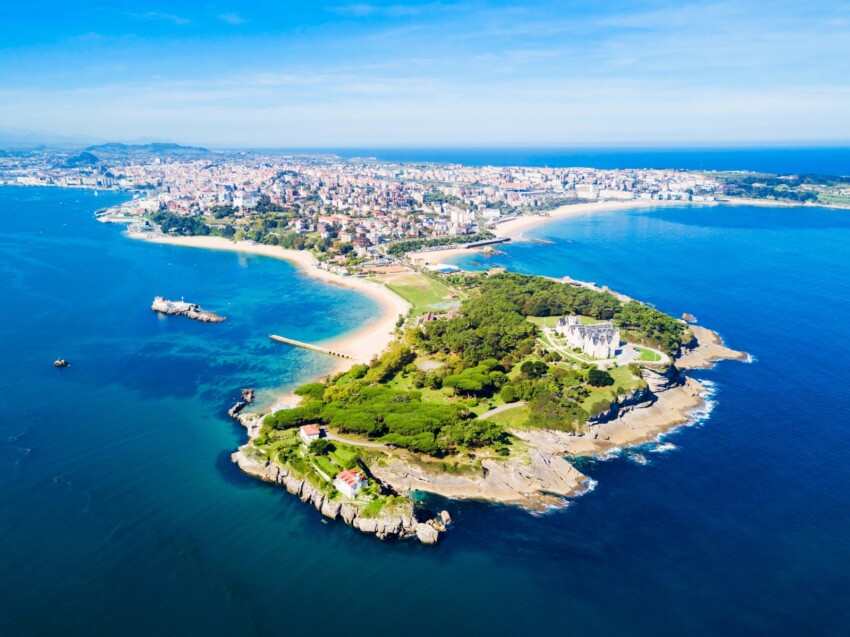
Lying on a picturesque bay, Santander was the holiday destination of nobles and wealthy bourgeois in the 19th century. There is little evidence of that golden age, due to an earthquake that almost completely destroyed the town in 1941, but the few stately buildings that remain intact give the town a decadent charm.
Santander is still a popular seaside resort, frequented no longer by the aristocracy but by young surfers on the hunt for the perfect wave and families who want beaches with excellent facilities.
Santander’s most famous beach is Playa del Sardinero; other beaches not to be missed are Playa de Mataleñas, Playa del Puntal and Playa del Somo.
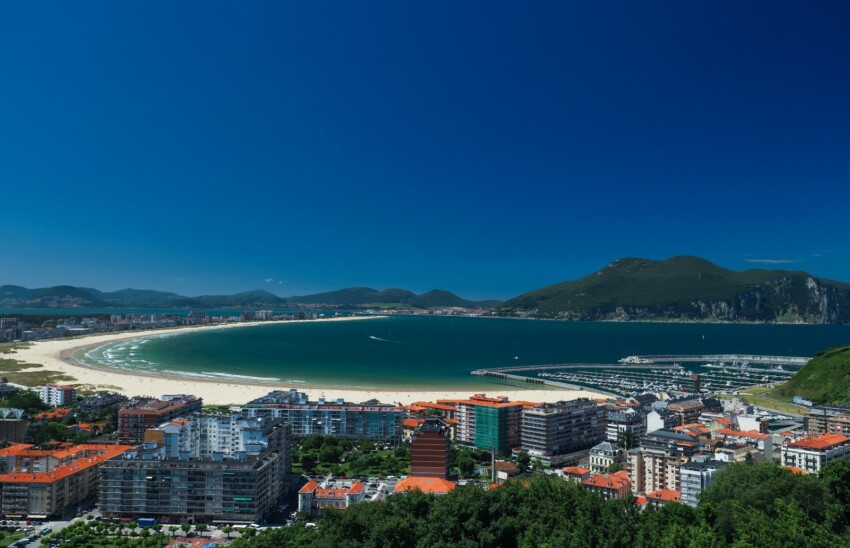
Sunny and windy Laredo is one of the most popular beach resorts in Northern Spain, thanks to its most famous attraction: the magnificent 5 km long sandy beach Playa de Salvé.
It is also worth stopping after relaxing in the sun to explore the romantic alleyways of the old quarter that almost seem to want to throw themselves into the sea from the slopes of La Atalaya hill. And while you’re at it, why not stop by in the evening as well? The small restaurants and bars in the old quarter will tempt you with their tasty fish specialities, fresh cerveza and a lively atmosphere that is impossible to say no to.
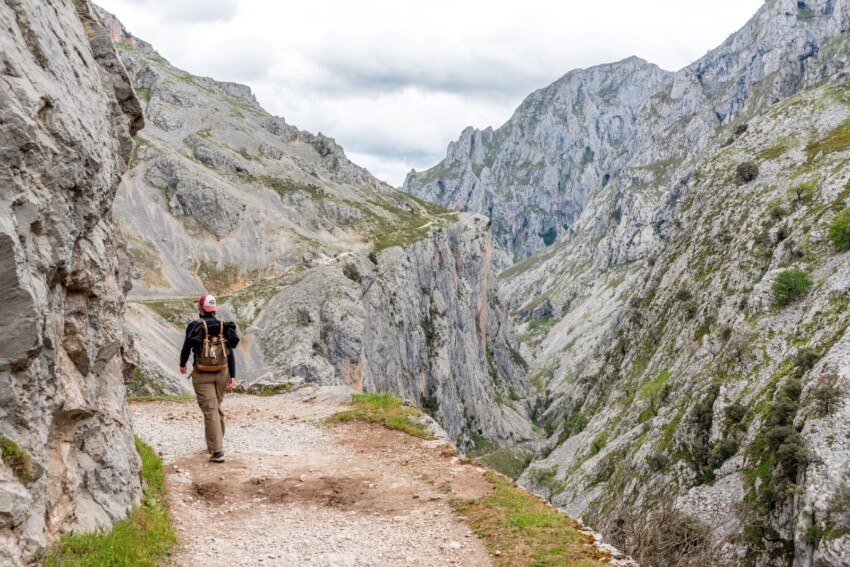
If you prefer green mountains to sunny beaches, the Picos de Europa National Park is the place for you. It is the first national park to be established in Spain and its park territory includes all three limestone massifs that form the rugged Picos de Europa mountain range.
With peaks exceeding 2,500 metres, the park is a true paradise for hikers and climbers, but is also easily enjoyed by those not interested in sporting adventures: thanks to the Teleférico de Fuente Dé, one can reach a beautiful viewpoint at an altitude of 1,800 metres without struggling.
Despite its surprising proximity to the sea (only 15 km as the crow flies), the landscape is typically alpine, with high-altitude lakes, steep gorges carved by the river, and cow pastures.
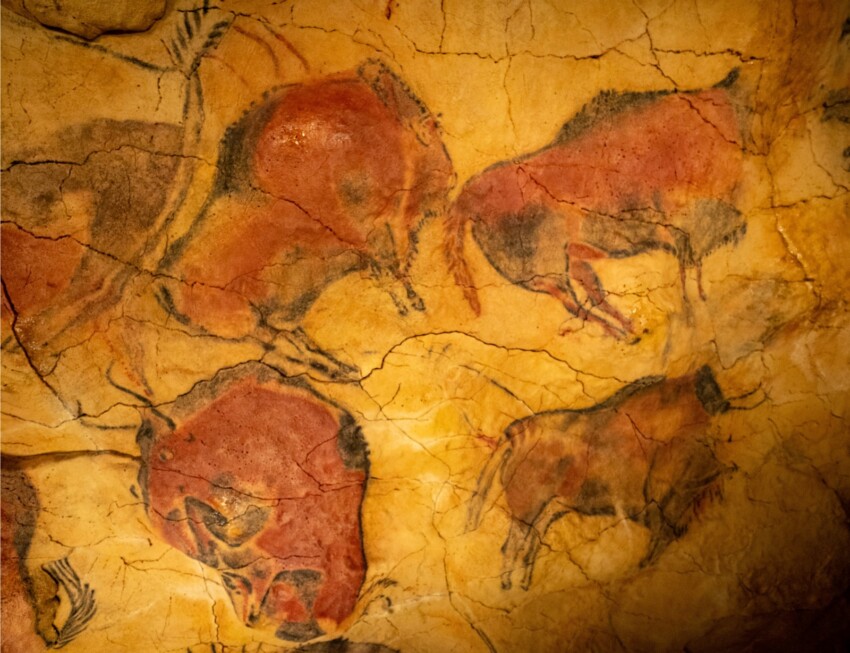
For thousands of years, the Altamira caves have guarded the artistic treasure trove of prehistory: a series of cave paintings dating from between 13,000 and 35,000 years ago and depicting bison, wild boar, horses, deer and other animals painted in a red ochre colour with a black border, considered to be the first work of art of mankind.
Discovered in the late 19th century, the Altamira caves with their wonderful primitive art have become a popular tourist attraction. Unfortunately, in order to preserve the precious paintings, the caves are only open to visitors one day a week, with admission by lottery. Those who do not win the lucky ticket can admire a faithful reproduction in the Altamira Museum, which is located right next to the caves.

The town of Comillas is an architectural jewel set in breathtakingly beautiful coastal landscapes. The centre is a riot of magnificent buildings from different historical periods, but the town’s top attractions are two whimsical modernist palaces.
El Capricho is a bizarre turreted building covered in ceramic tiles that make it look like a giant Lego construction: it is easy to recognise the imagination and originality of Antonio Gaudi, the brilliant architect who shaped the image of modernist Barcelona.
The Palacio de Sobrellano is a neo-Gothic marvel set overlooking a green hill, the work of another great modernist architect, Joan Martorell.
In the following map you can see the location of the main places of interest mentioned in this article.
Arriving in Cantabria is very easy as Santander, its capital, has an international airport connected to major European cities by convenient flights operated by low-cost airlines. Alternatively, consider landing in Bilbao, and then proceed with a rental car in a westerly direction. There are not many other alternatives, as the region is rather far from the main Spanish cities and is rather isolated in terms of public transport.
Little Cantabria is easy to explore thanks to its short distances. We recommend sleeping in Santander, its capital, because you can enjoy both city life and beach life, especially during the summer. In Santander you will be spoilt for choice between hotels, flats and bed and breakfasts. But if you prefer peace and quiet, you can choose to stay in one of the many villages on the coast, from Laredo to Castro Urdiales, to Suances and Santillana del Mar.
If, on the other hand, you want to try something new, move south of the region, where you will find the Sierra del Escudo mountain range and the Saja-Besaya natural park. Here, the atmosphere is completely different, you can explore small mountain villages and experience this Spanish region in a very unique way.
The autonomous community of Cantabria is located in the central part of northern Spain. It is bordered by the Spanish regions of the Basque Country to the east, Castile and Leon to the south and Asturias to the west, while the northern part is entirely washed by the Cantabrian Sea. Although it is a small region, it has two national parks and five natural parks.
The climate is oceanic, with temperatures mitigated by the sea that are never too cold or too hot.